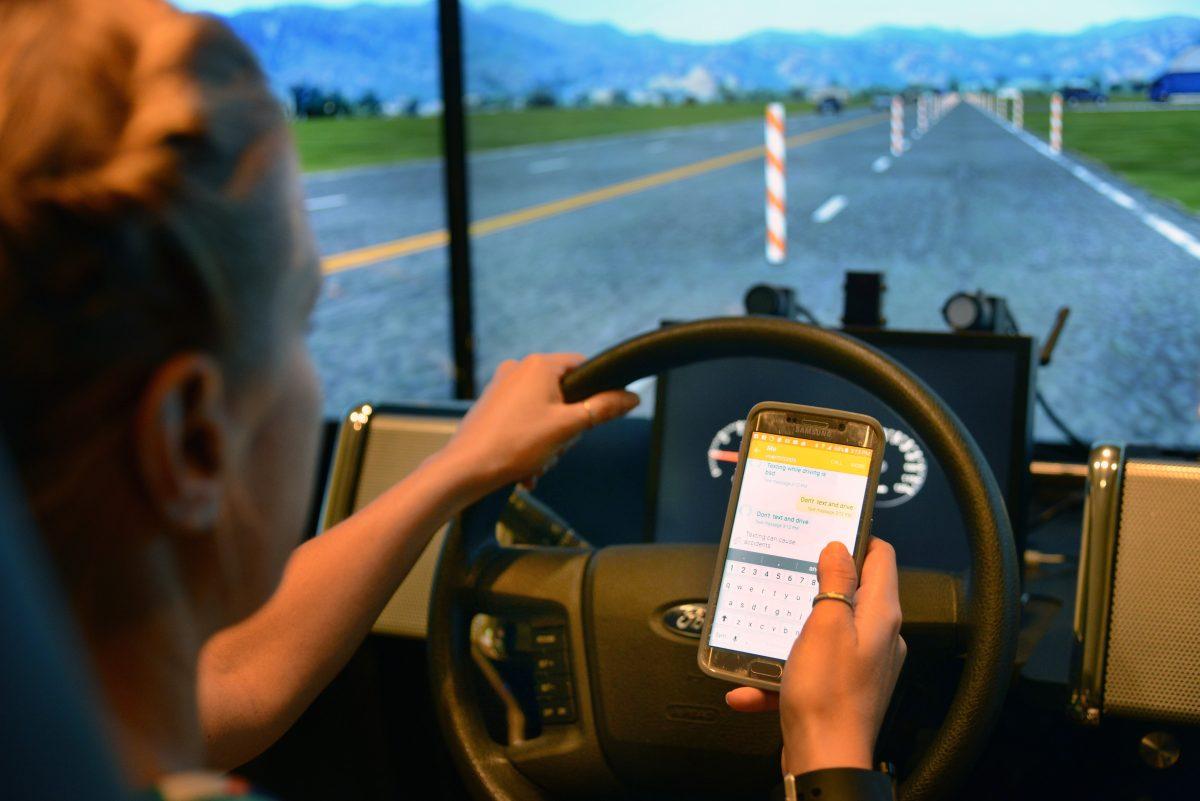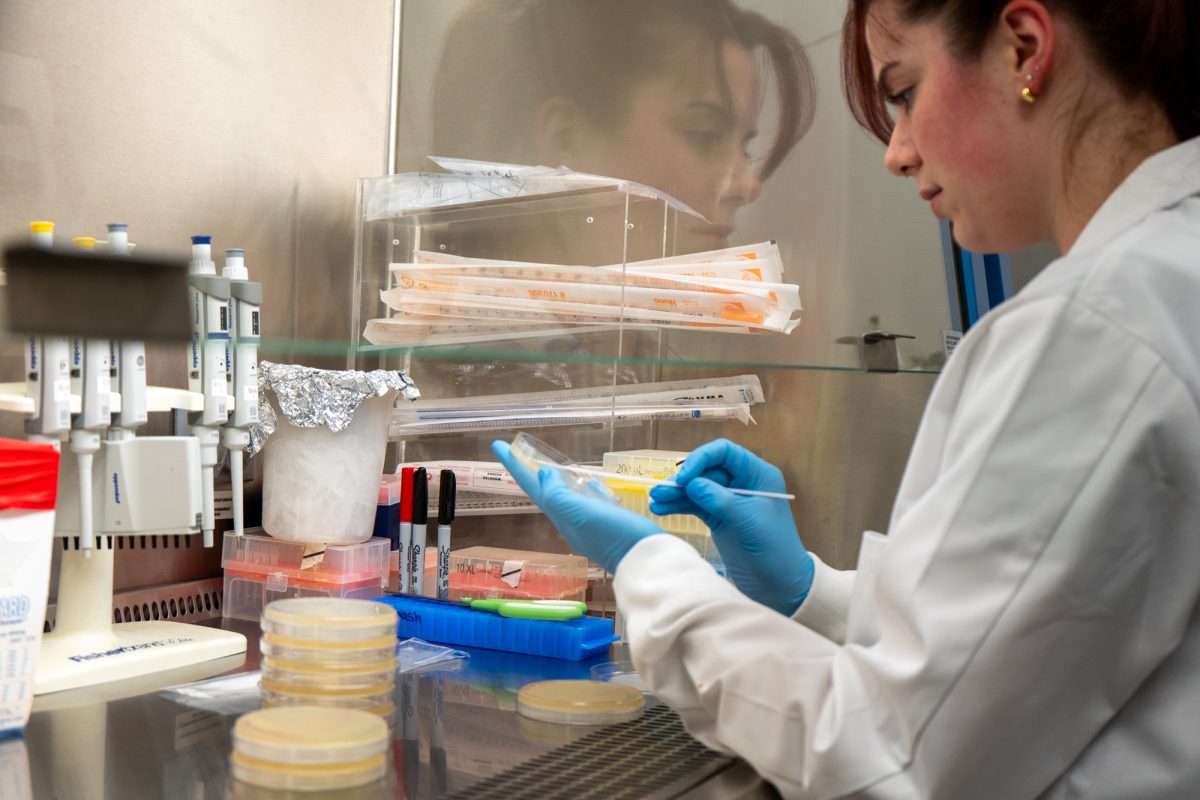According to the Insurance Institute for Highway Safety, America mourns the loss of over 30,000 lives from motor vehicle accidents each year. A group of researchers from Texas A&M have spent the past few years looking into the root causes behind why these accidents occur.
In the moments leading up to an accident, there are often inhibiting features of the driver’s state — known as “stressors” — that prevents them from addressing the situation properly. The most prominent of these is texting while driving, which is known as a sensorimotor stressor because it diverts both the driver’s sight and hands from their positions of maximum utility. Other stressors are classified as cognitive or emotional, based on whether they demand resources from the mind or emotions.
Stephanie Quinn, associate transportation researcher at the Texas A&M Transportation Institute, has been an integral part of the research. Quinn said the ultimate goal would be to find an effective countermeasure for stressor overloads while driving.
“If we do find that a countermeasure is significant, what we will want to do is talk with automotive companies to see if they would like to implement the technique into vehicles,” Quinn said.
Before any solutions are found, the problem needs to be reliably identified. Recent developments in physiological research confirms that it is possible to know when a human has become stressed. Carolina Rodriguez Paras, an industrial engineering graduate student, is helping conduct research on quantifying physiological indicators of emotions in the Human Factors and Cognitive Systems laboratory at Texas A&M.
“Physiological measures, such as heart rate, can reflect the mental state of the person,” Rodriguez Paras said.
Heart rate is not the only indicator worth mentioning. Humans have an irrepressible response to stress that results in perspiration in the “perinasal” area — the patch of skin between the nostrils and upper lip. Quantifying that perspiration with thermal cameras has been shown, by previous research, to be an effective way to measure the amount of stress a person is under.
Currently, the research has shown that all three types of stressors — cognitive, emotional and sensorimotor — dramatically affects the driver’s performance, particularly in emergency situations such as when the vehicle begins to spontaneously accelerate.
One of the leaders of the research team is Thomas Ferris, assistant professor in the Department of Industrial & Systems Engineering. The trends in the data show that the effects are fairly universal, Ferris said.
“A lot of times they say that the older driver is different,” Ferris said. “But we still see the same sensitivity to these measures.”
The advent of self driving cars could be the answer to putting an end to these stressful situations, but that would still be a ways in the future.
“We can’t abruptly go from ‘I drive my car,’ to ‘Something else drives my car,’” Ferris said.
Ferris said certain features, such as cruise control, have already used automation with great success, but there will always be situations where it is important for a human to have control because they are capable of thinking outside the box.
“I think it’s a very cool concept, but at the same time I think that safety is very important,” Rodriguez Paras said. “If something goes wrong, the person can always operate the car by themselves.”
The path to safer driving; Researchers address accident causing factors
September 25, 2016
Photo by Provided
Distracted Driving
0
Donate to The Battalion
Your donation will support the student journalists of Texas A&M University - College Station. Your contribution will allow us to purchase equipment and cover our annual website hosting costs.
More to Discover








